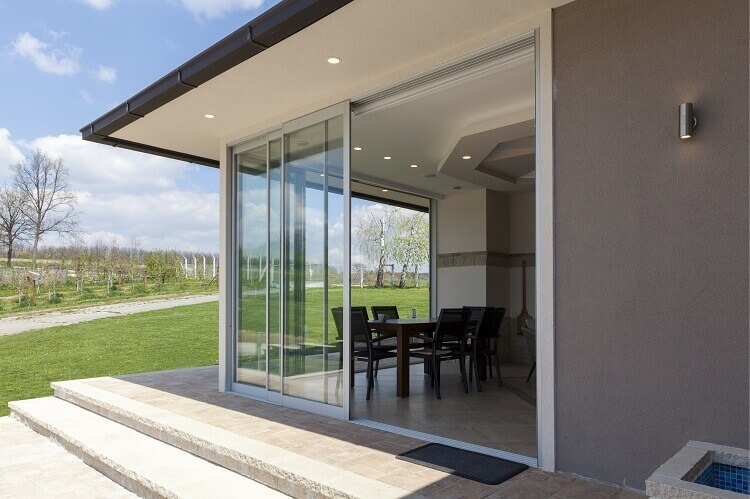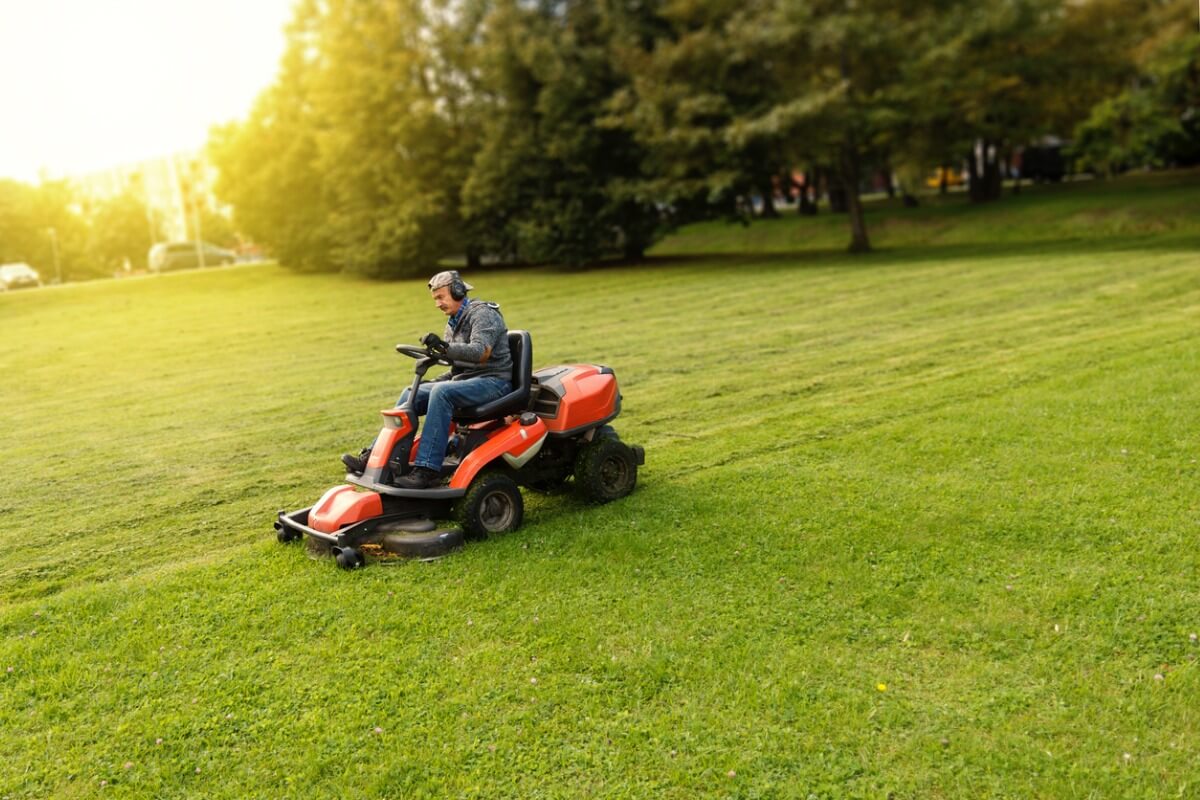Content Attributes
Why even perform the maintenance?
Everything has a lifespan, be it your food items or personal devices such as phones and laptops. That lifespan can be shortened or prolonged depending on how much care has gone towards it in its time of use. Similar to other devices, your Air conditioner is also an appliance that requires maintenance by professional technicians overtime. With neglect, its performance begins to degrade, and its lifespan is decreased quickly.
If you wish to prevent this premature degrade in performance and ensure the longevity of your air conditioner. Then it’s important to get it inspected at least once a year.
The following air conditioner maintenance checklist includes all procedures an inspection should include. It is so easy that even you could perform it yourself, so let’s have a look at it.
Air Conditioner Maintenance Checklist:
1.Thermostat Settings
The thermostat should carefully inspected to ensure it installed properly and is away from other heat sources such as appliances, light bulbs, and solar rays.
2.Double-Check Electrical Connections
This checks the electrical connections are working safely. It is important to thoroughly check and tighten any loose connections to improve the overall performance and efficiency of your air conditioning service.
3.Lubricate Mechanical Components
Moving parts are always subject to wear and tear if they aren’t maintained periodically. Make sure your air conditioner doesn’t get overheat.
This check ensures that all moving parts within the air conditioner are free from any unnecessary damage from friction.
Lack of a smooth mechanical system causes components to lose efficiency and quickly break down over time, which will eventually require more expensive repairs or replacements.
4.Check and Clear Outdoor Condenser coils
Similar to your carpet or windows, your outdoor condenser unit accumulates debris overtime.
Before you use the air conditioner, it is necessary to inspect the outdoor unit and remove any unwanted debris gathered around it.
In addition to manually removing any debris, you should thoroughly clean it with a garden hose but keep following in check.
- Completely turn off the power source to your AC from the breaker.
- Make sure at least a 30-inch area around the outdoor unit is clear from any obstructions. If any found, then simply remove or relocate them.
- Use a Vacuum cleaner to remove grass and other smaller debris that clogs the air channels.
- Try to use water pressure to deeply cleanse the remaining dust from deeper within the unit.
- Finally, inspect condenser fins for any signs of damage. If fins are bent, then simply try to straighten them by hand or call a professional.
5.Inspect the Refrigerant Level.
An unsuitable amount of refrigerant can put pressure on the compressor, making it harder to work which can reduce the efficiency and lifespan of the system.
It’s always important to charge the refrigerant fluid according to the manufacturer specifications- not too much or too little.
6.Checking Electric Components
All electric components should be carefully inspected for sound, wear, and damage.
Wires should be carefully observed for any exposure or short circuit risks and dealt with accordingly.
7.Replacing Air Filters
No air conditioning repair is complete without air filter replacement.
To ensure your AC is always running at its peak performance, replace or clean your air filters once every 30-90 days.
It’s always good practice to check air filters first and determine whether they require a simple cleaning or complete replacement.
8.Running Final Checks
If your air conditioning installation was done by professionals, then chances are there won’t be any serious complications to worry about.
After all cleaning and inspection, AC should be turned on to check for its operational functions.
Always lookout for any unusual sounds or odors and measure temperature for both outside and inside to ensure proper cooling.



